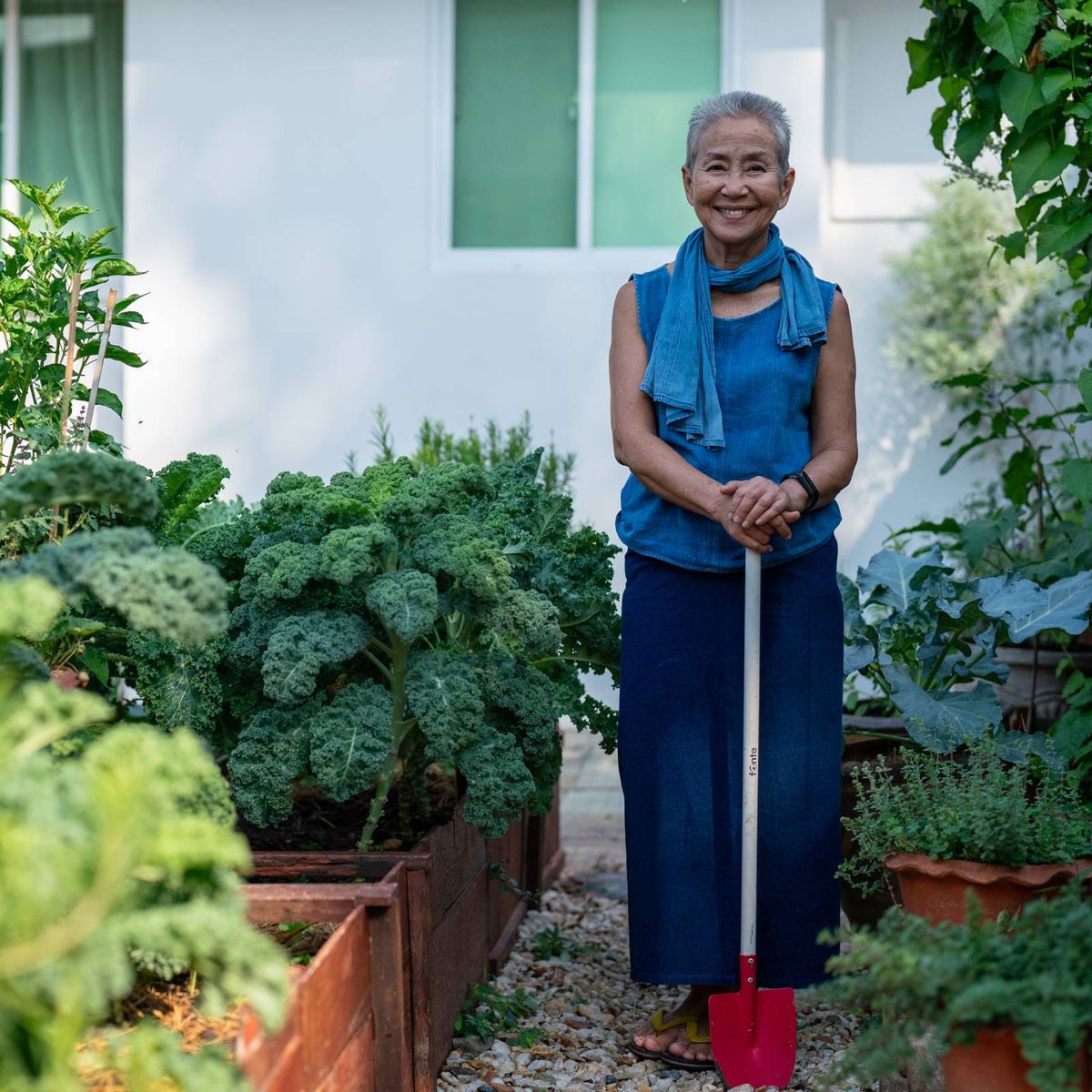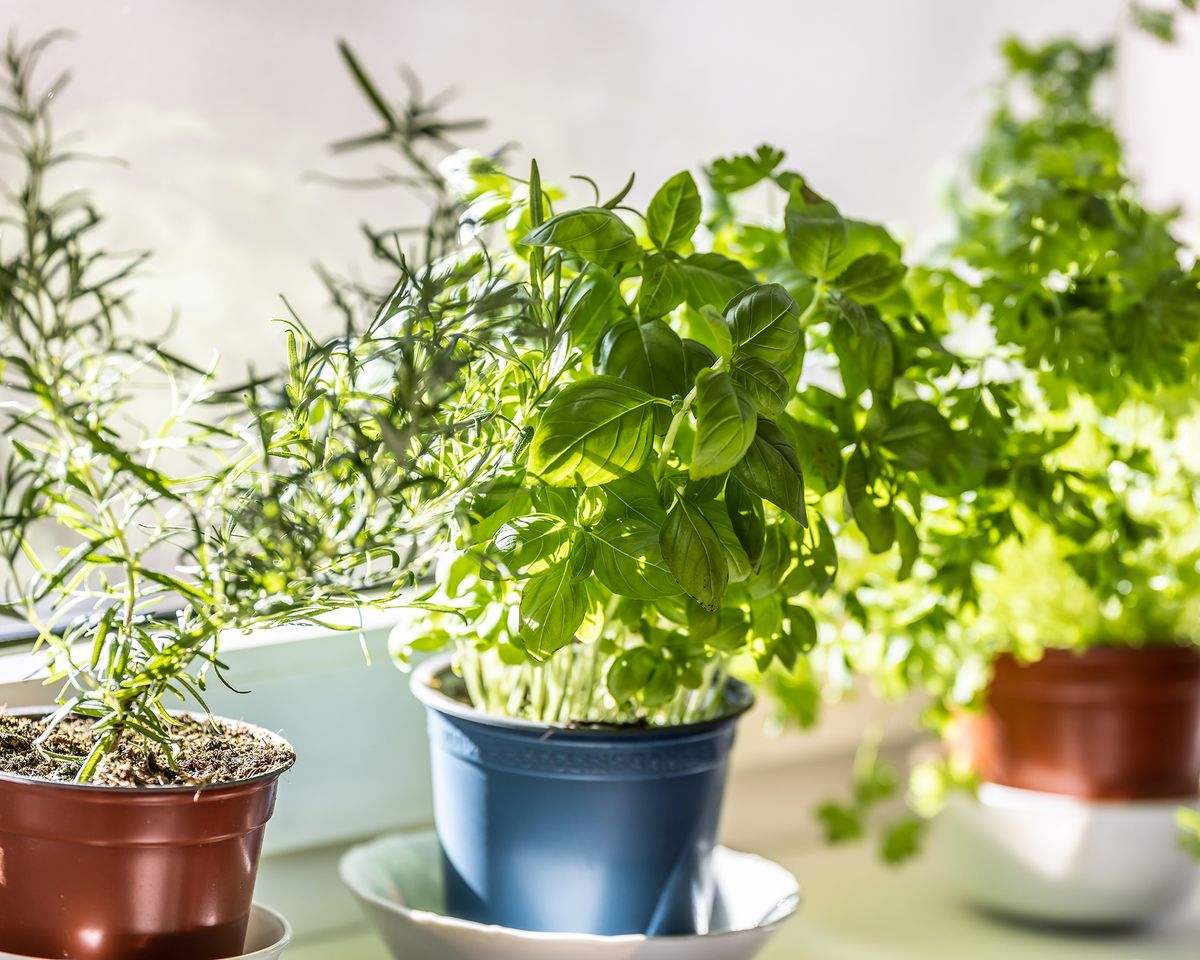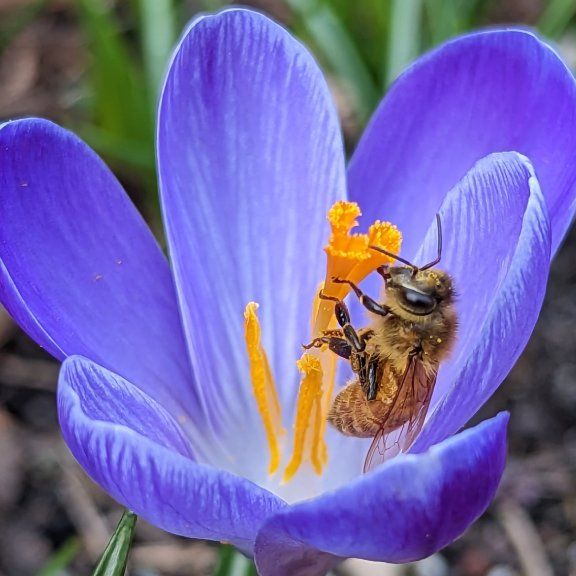To some, the Monarch Butterfly is a symbol of hope and perseverance. It is my hope we all can add some resilience to this remarkable pollinator. Like all pollinators, the Monarch is facing serious threats and possibly extinction. Recently their sightings in my location have been few and far between. They have suffered from loss of habitat, herbicides, climate change, pesticides, and illegal logging in Mexican forests. These butterflies are one of the most recognizable insects on our planet. It has beautiful bright orange wings with edges bordered in black with white spots. The wings have black veins. Its name was chosen by early settlers. Its title name was in honor of King William III of England who was formerly the Prince of Orange. Don’t confuse it with the Viceroy Butterfly which has black lines across its hind wings.
The Viceroy Butterfly The Monarch is famous for its arduous 2,000-3,000 mile journey from North America to Mexico. These are the original “snowbirds” of our area. These creatures have the longest migratory journey of any of their own species. This winter trip and navigation remain a mystery. Some scientists believe they have an internal compass and also ultraviolet light sensors in their antennae.
Over the past several years, I too have noticed a significant decline in my personal sightings. This prompted my interest. On further inquiry, I found I was not alone in this observation. In my fact-finding, it was estimated that there has been a 90% decrease in their numbers (reported by Garcia-Serrano -The Monarch Butterfly: Biology and Conservation, 2004). Many individuals, scientists, and concerned groups have noticed a sharp decline in their numbers. I will confine my writings to the Eastern Monarch Butterfly, of which I am more regionally familiar. The Western Monarch population has suffered an even steeper decline. There is a significant concern that this unique butterfly could vanish completely.
Why be concerned about the Monarch? We all watch bees, butterflies and other pollinators go from bloom to bloom without a thought about the important work they do. The pollination process is vital to our food sources, our survival, and the natural world. Pollination allows the production of our fruit, vegetables, nuts, and seeds. Ultimately this affects our food supply. We cannot live on bread alone. The Monarch reflects the battle that all our pollinators are facing for survival. These “little things ‘ are important food for birds, fish, and animals. They filter our water and clean up our waste. They are truly the “engines” that run our world. It is not hard to see what we are doing to our environment. Trees are bulldozed for crops.
Marginal lands are planted and the earth is pounded with herbicides and pesticides. Our previously environmentally sound habitat for us and all pollinators is being lost. Our “developed” agriculture has decreased habitat, made pollinator food deserts, and showered them with pesticides. The decline in the milkweed population is directly correlated with the severe loss of 90% of the Monarch population. Our current fence row to fence row planting – and elimination of fence rows- has led to habitat loss. We are converting to factory farming and urban development. Modern herbicides sterilize fields and buffer strips. We lose 6,000 acres of habitat each day (The Monarch Watch.org). Walk through any field of corn and soybeans and you won’t find weeds (except those that are glyphosate-resistant). Interestingly, milkweed will survive tillage but not the herbicide. These external forces kill milkweed, native nectar plants and decimate the Monarch. What can you do? First, be aware of this serious problem. It will take each of us, individually, to make a difference. Plant milkweed and nectar plants native to your area. Check out the Xerces Society. Interestingly, this society was named after the first butterfly to become extinct in North America.
Milkweed is in the Genus Asclepius (God of Medicine and healing). There are many regional varieties. They can be propagated by rootstock and seed. They rely on pollinators to produce seeds. When mature they produce pods filled with seeds and attached fluff (nature’s parachute). When mature the pods open and the seeds sail to new horizons. Contrary to its name, the milkweed is not a noxious weed. You can harvest mature dry pods for seeds to plant. The pods are “ripe” when they are about to split or crack open. You can remove the fluff from the seed if you wish. Place the fluff/seed content in a paper bag and add a few “lucky” pennies. Close and shake the bag. Create a small hole in the bottom corner of the bag and filter out the seeds. The seeds can be planted in the fall or stored in a refrigerator for spring. The seeds require “stratification ie refrigeration”-conditions similar to natural conditions for germination. Plant them an inch deep, cover and moisten. They will grow in containers. I often just let the seeds go on their journey and release them in the wind. The best time is October through December. Often this superficial scattering is adequate. The location should have 6 hours of full sun each day. Be an environmental activist and scatter the seeds.
The sign I made for our local Monarch Way Station Create a Monarch Way Station. The milkweed is the “heart” of the Monarch’s survival. These are the only plants on which the Monarch lays its eggs and the larvae will eat. The milkweed is the sole sustenance of the infant Monarch (eggs, larvae, and caterpillar). These plants are crucial to producing the next generation. The larvae and caterpillars consume the milkweed leaves which contain a poison not harmful to them. The milkweed has a latex milky substance containing a cardiac toxin (cardenolide glycoside) which is toxic to predators’ hearts. The adult Monarch retains this toxin. Unfortunately, the milkweed is becoming seriously endangered. Find out what Milkweed is native to your area. My home state of Wisconsin has 14 milkweed varieties. Nectar sources are very important for adults. Some nectar plants, but not inclusive, are coneflowers, Joe Pye weed, black-eyed Susan, and goldenrod. Adults need nectar for their food source during their 2-6 weeks of life. The plants need to bloom at different times throughout the season to provide food. Make a way station of Milkweed and nectar plants.
Monarch on my planted “Butterfly Weed” plant
A female Monarch can lay 300-500 eggs in their short lifetime. Less than 10% of these eggs achieve adult adulthood. The eggs are laid on the underside of the Milkweed leaves. The eggs “hatch” out in 3-4 days. When the larvae hatch and are about ⅓ inch and after 5 molts (instars) they are 2 inches long in 4-6 days. The early larvae shed their skin like kids outgrowing their clothes. The “adolescent” caterpillar is easily identified by white, yellow and black transverse bands.
Monarch caterpillar
The last wardrobe change is completely different. The caterpillar makes a “sleeping mat” and string attachment on the leaf. The caterpillar hangs upside down from the string and curves its body upward. The old ‘clothing” -exoskeleton- is shed and a new “hammock” coat is worn (chrysalis) for 8-12 days until emergence.
The Chrysalis:
The adult Monarch will emerge, pumping fluid into their wings which will give them shape. They dry off and fly away to mate and eat. This cycle is repeated every 2-6 weeks. In the chrysalis, the caterpillar’s mouth is converted from chewing parts to straws to suck nectar. The emerging butterfly will have significantly enhanced eyesight. The mature Monarchs will have functional reproductive organs with the exception of the last summer generation. These are the migratory travelers who will seek the warmth of Mexico. They can’t have children interfering with their flight plans. This last-generation stores fat for the trip. They actually live on this fat reserve until they return to take up reproduction. A fun project for kids is to raise Monarchs. You’ll need two plastic containers with lids -one small and a larger one with lids. The small one is for the first week and the larger deeper one for the second week. Check your milkweeds for eggs looking at the undersurface of the leaves. The eggs are clear to yellow with longitudinal grooves. Place the egg-bearing leaf in the small container with an underlying moistened paper towel. Check the container every 2 days and add fresh milkweed leaves. Remove “frass” which is the caterpillar waste. Make sure the paper towel is mildly moist. Place the grown caterpillars in the larger container and let them form their chrysalis. After the Kings and Queens emerge, let them dry for 3-4 hours and set them free. There is some controversy that you may pre-select a weaker gene pool of adults. In the wild, only the strong survive. There are butterfly kits you can buy but note they are illegal in California. I do believe our time is better spent on habitat conservation and preservation of our natural world. This is a great way to introduce kids to the natural world. They will be fascinated.
The Monarch to some carries a spiritual meaning. The butterfly undergoes “ birth, life, death, and transformation”. For some, there is a connection to their ancestors. They have internal compasses for migration and perpetuity. They have the ability to track seasons and their innate senses aid migration. They are creatures of light. I highly recommend the book “The Butterfly Effect” by Andy Andrews. Small changes can have a profound effect on our world. Some societies associate the Monarch with the spirits of those who have passed on. I personally think of the Monarch as representing our own Life Journey. Their fate and ours depend on how we treat our environment. Will we remain in the cocoon of self-indulgence and destroy the very world we inhabit? You can create a healthy habitat in your native place. Begin today to be the change.
Article written by Everett Lindsey










